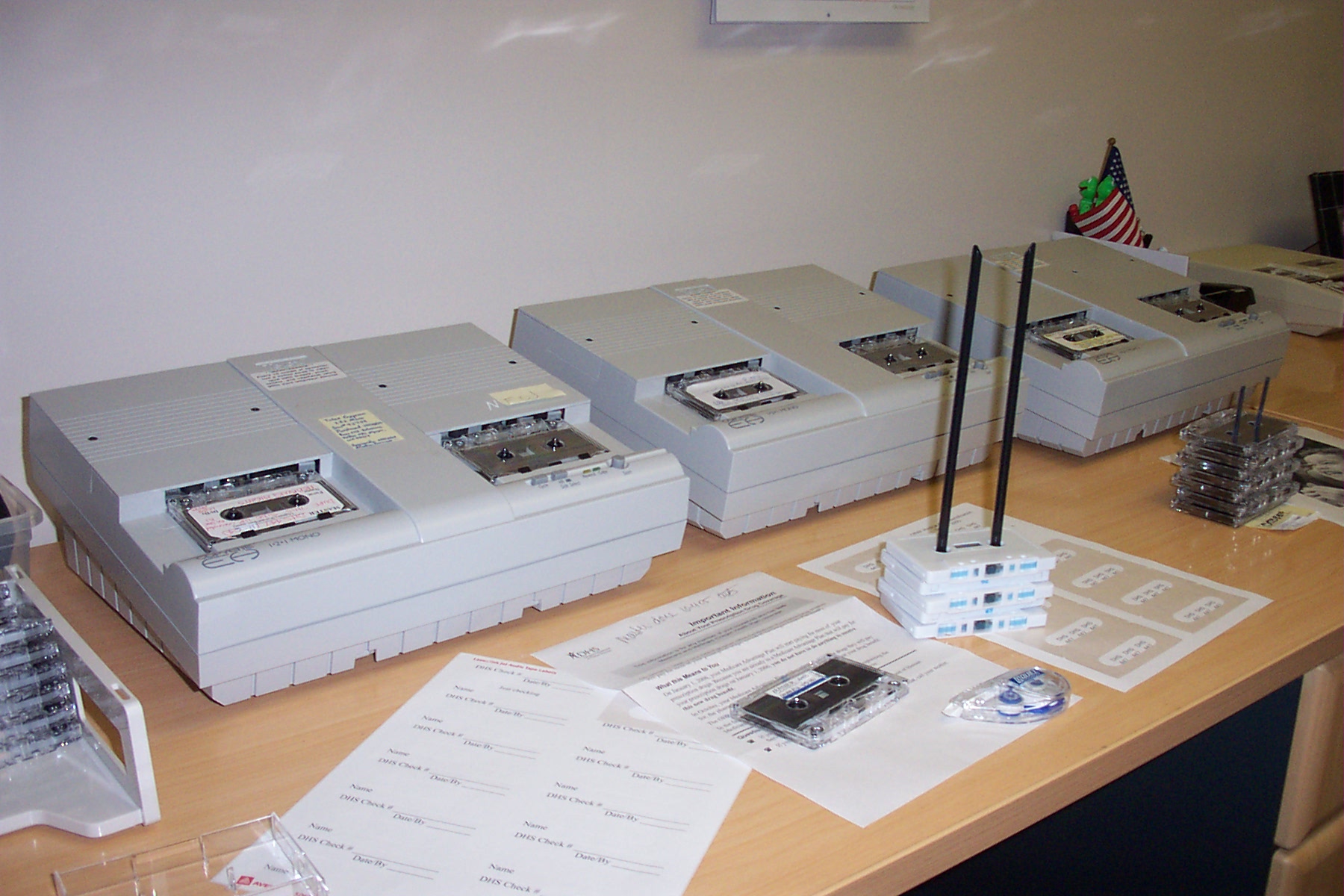This is a term that most frequently applies to visually impaired and blind users of print material. Its partner term is “Alternate Format.” Standard print is usually published in either 10- or 12-point fonts (6 or 7 characters per linear inch). Many sighted people wear eyeglasses or contact lenses that correct their vision to 20/20 […]
Accessibility
Most definitions of this term emphasize the ease of use. The more accessible, the easier it is to use. In the world of disability, the definitions become more specific; however, in general, the freer the item is of common barriers to use – steps for wheelchair users, print material for blind people – the more […]
1997 Rules
The rules for formatting textbooks were published in 1997 by the Braille Authority of North America. See BANA
3-D Graphics
The Tiger Embosser by ViewPlus Technologies, Inc. has the ability to vary the dot height on its tactile graphic output from .001 to .021 inches. Additionally, the dot density can be varied from 20 dots per inch (dpi) to 300 dpi. Finally, lines of dots can be brought to within .003 inches of each other […]
Hello world!
Welcome to WordPress. This is your first post. Edit or delete it, then start blogging!







